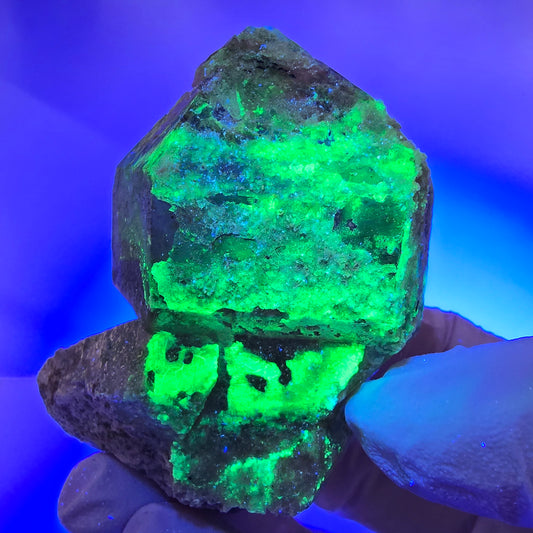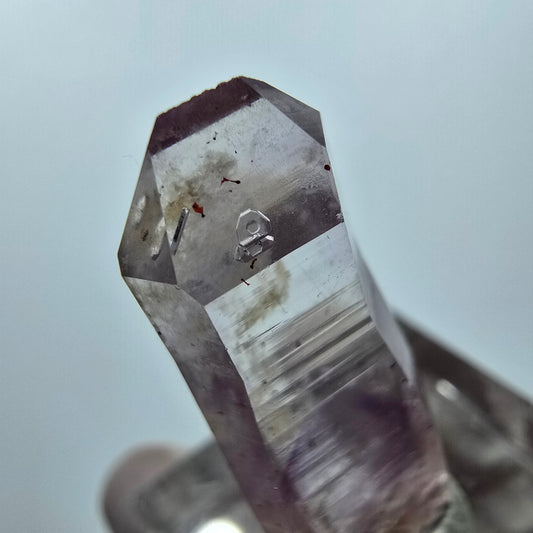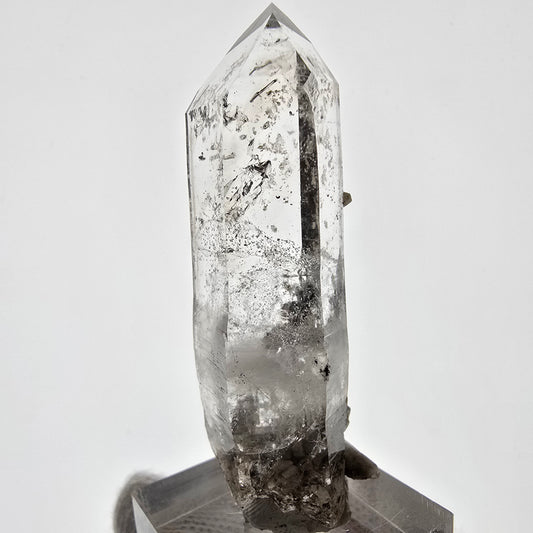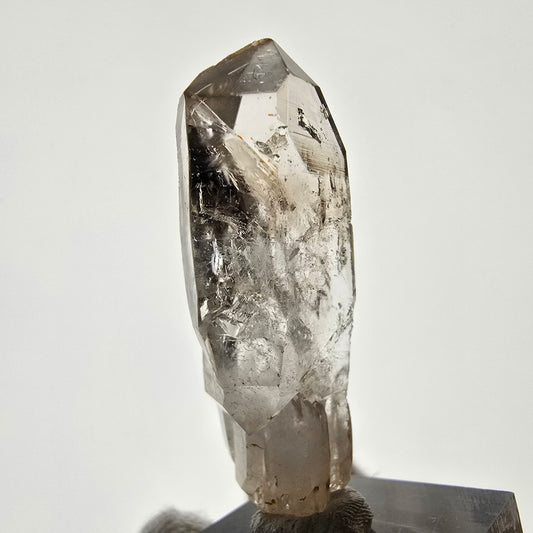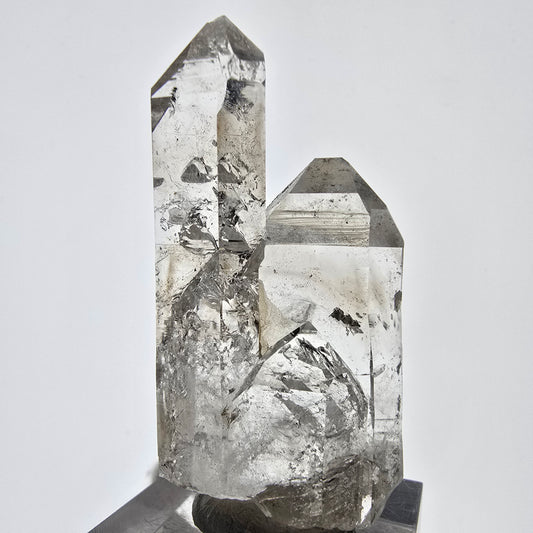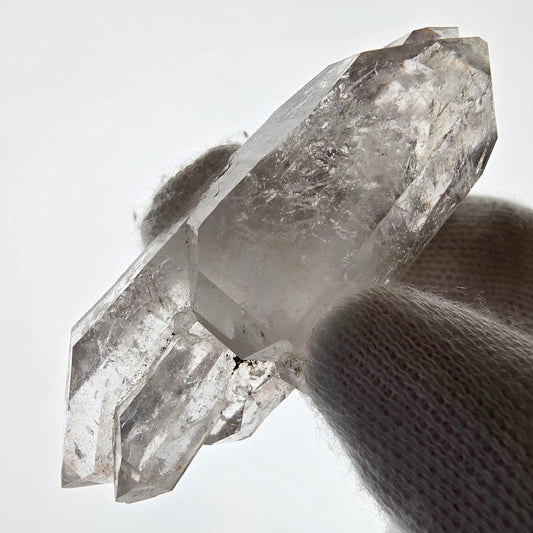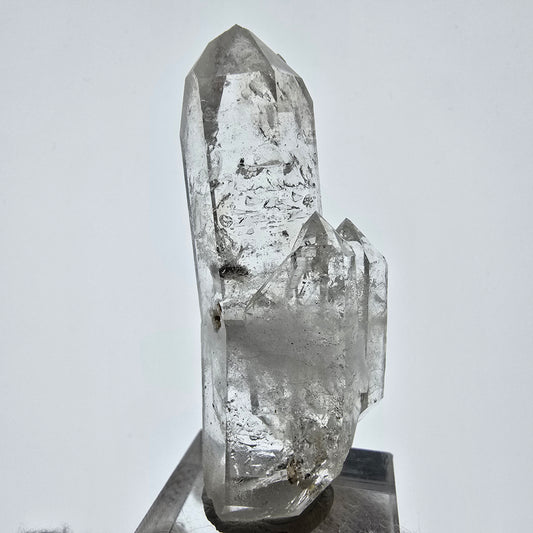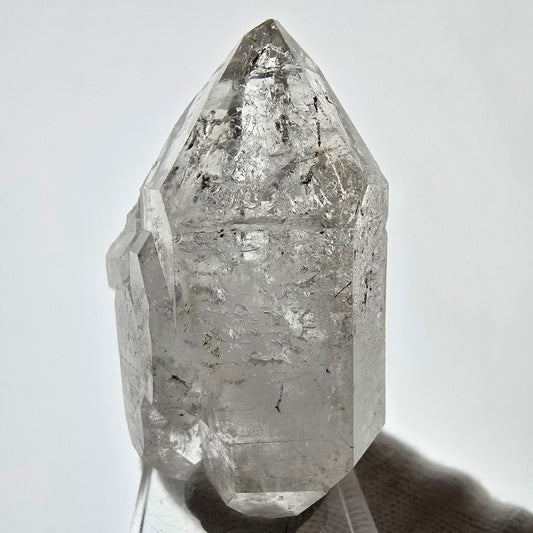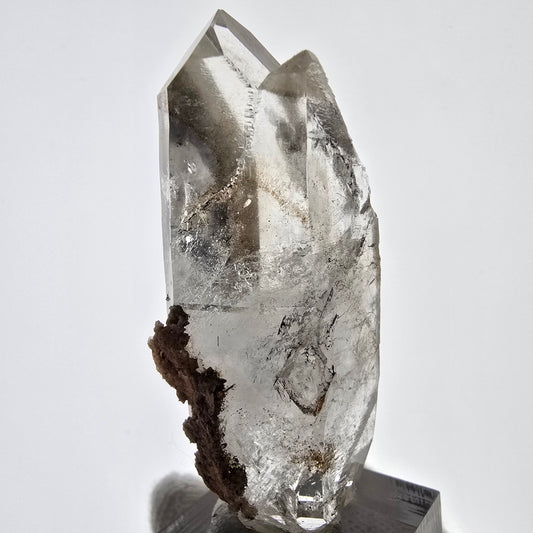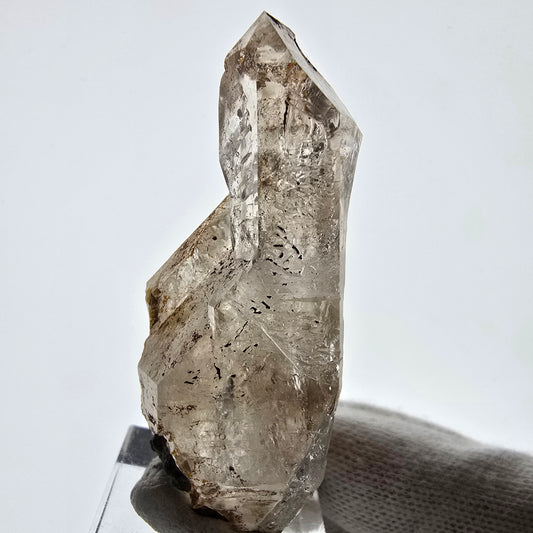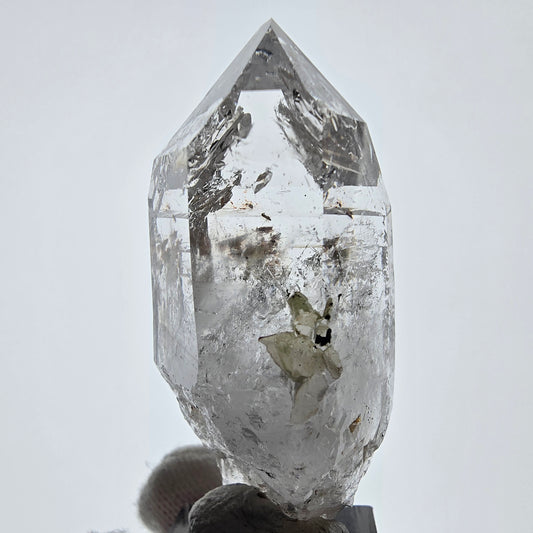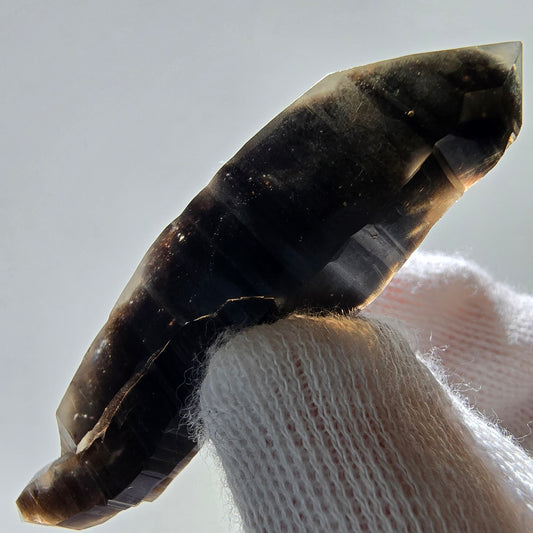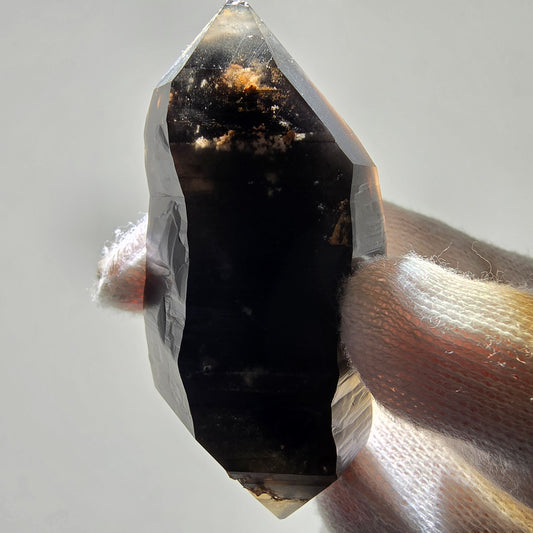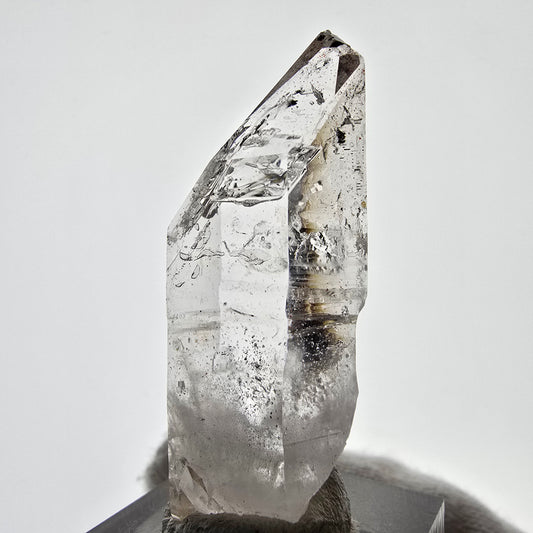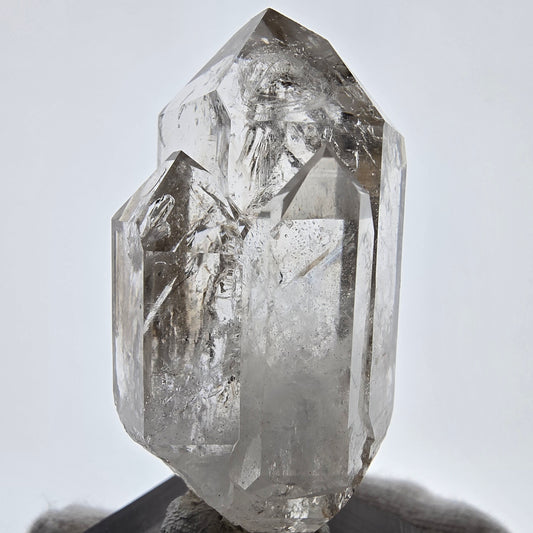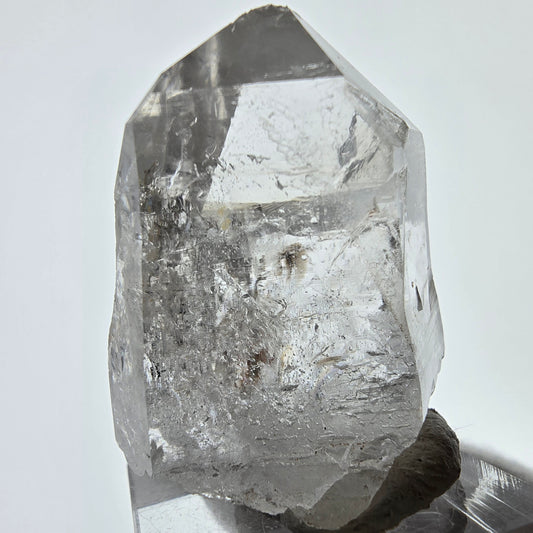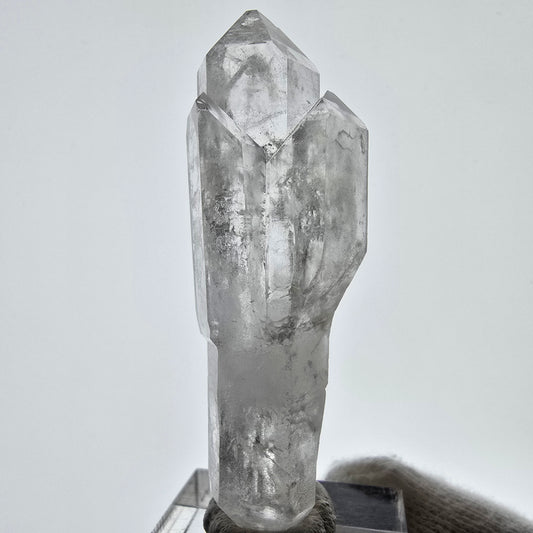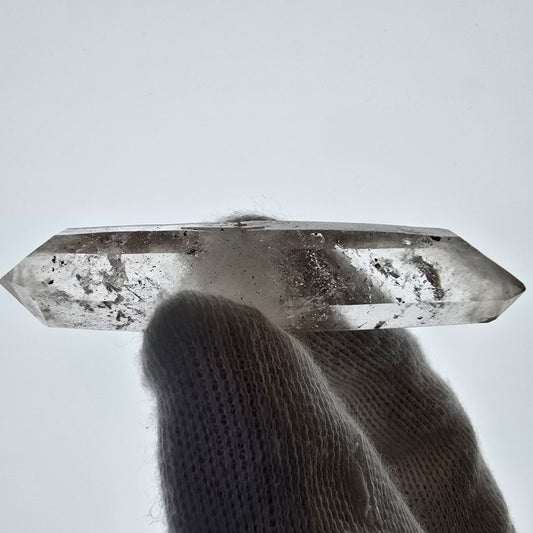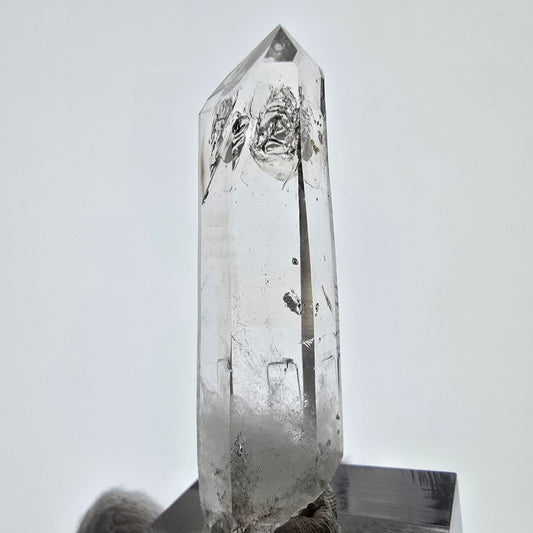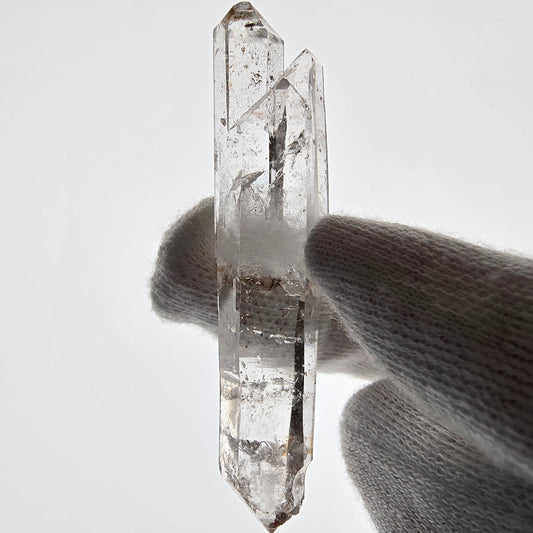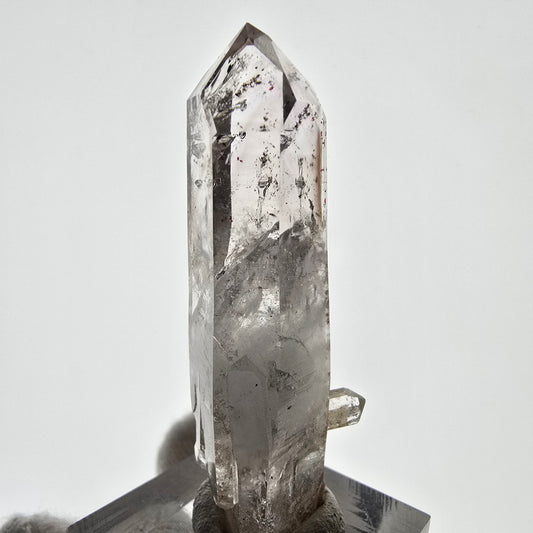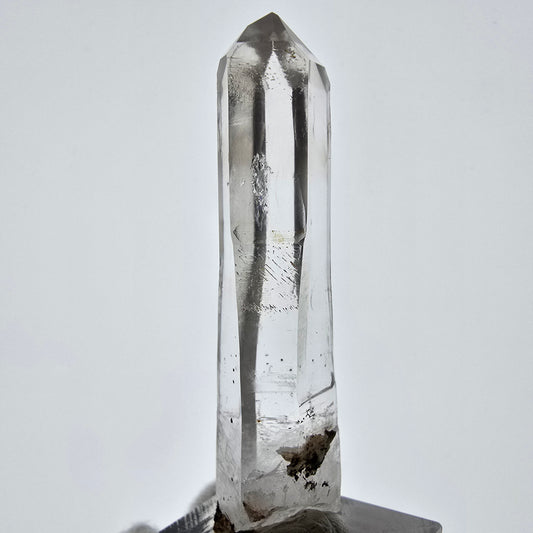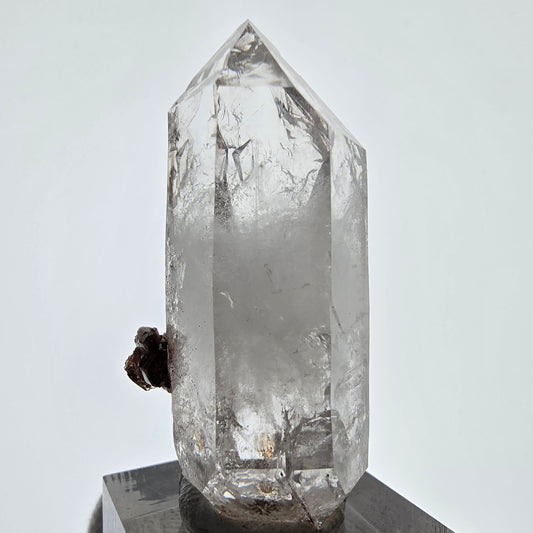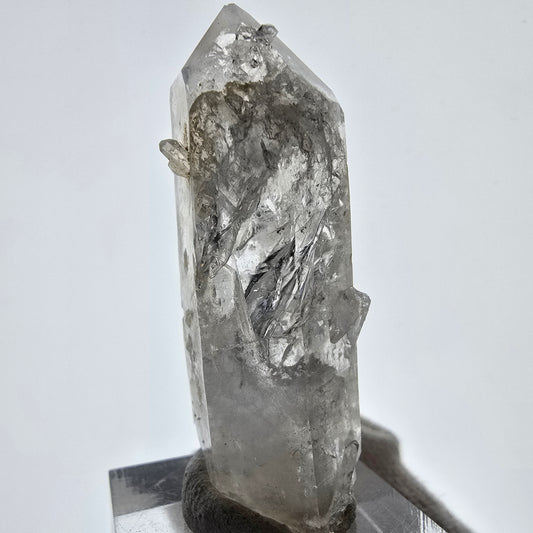-
Rare Hyalite Opal, Smoky Quartz Scepter Cluster Erongo, Namibia 67*50*30mm
Regular price €26,79 EURRegular priceUnit price / per -
Phantom Amethyst Skeleton Scepter Point Goboboseb, Namibia 39*19*12mm
Regular price €19,79 EURRegular priceUnit price / per -
Phantom Amethyst Scepter Point Goboboseb, Namibia 30*24*19mm
Regular price €23,49 EURRegular priceUnit price / per -
Phantom Amethyst Scepter Point Goboboseb, Namibia 31*12*6mm
Regular price €19,79 EURRegular priceUnit price / per -
Enhydro Lemurian Smoky Quartz Scepter, 1x Bubble Valentine Pocket, Namibia 52*12*9mm
Regular price €24,29 EURRegular priceUnit price / per -
Enhydro Skeleton Smoky Quartz DT Scepter, 1x Bubble Valentine Pocket, Namibia 60*20*15mm
Regular price €21,59 EURRegular priceUnit price / per -
Enhydro Skeleton Smoky Quartz DT Scepter, 2x Bubble Valentine Pocket, Namibia 49*19*17mm
Regular price €36,90 EURRegular priceUnit price / per -
Lemurian Phantom Smoky Quartz Scepter Valentine Pocket, Namibia 50*26*15mm
Regular price €17,89 EURRegular priceUnit price / per -
Skeleton Phantom Smoky Quartz DT Scepter Valentine Pocket, Namibia 58*29*16mm
Regular price €19,49 EURRegular priceUnit price / per -
Enhydro Skeleton Smoky Quartz DT Scepter, 1x Bubble Valentine Pocket, Namibia 56*22*16mm
Regular price €22,69 EURRegular priceUnit price / per -
Enhydro Skeleton Smoky Quartz DT Scepter, Calcite 1x Bubble Valentine Pocket Namibia 54*26*19mm
Regular price €23,49 EURRegular priceUnit price / per -
Enhydro Skeleton Smoky Quartz DT Scepter, 1x Bubble Valentine Pocket, Namibia 60*34*25mm
Regular price €25,19 EURRegular priceUnit price / per -
Skeleton Phantom Smoky Quartz DT Scepter Valentine Pocket, Namibia 63*27*17mm
Regular price €19,49 EURRegular priceUnit price / per -
Skeleton Phantom Smoky Quartz Scepter Valentine Pocket, Namibia 62*23*18mm
Regular price €15,19 EURRegular priceUnit price / per -
Skeleton Phantom Smoky Quartz DT Scepter Valentine Pocket, Namibia 64*30*24mm
Regular price €21,09 EURRegular priceUnit price / per -
Skeleton Phantom Smoky Quartz DT Scepter Valentine Pocket, Namibia 50*29*20mm
Regular price €18,89 EURRegular priceUnit price / per -
Skeleton Phantom Smoky Quartz DT Scepter Valentine Pocket, Namibia 59*18*15mm
Regular price €33,19 EURRegular priceUnit price / per -
Skeleton Phantom Smoky Quartz DT Scepter Valentine Pocket, Namibia 66*30*22mm
Regular price €44,90 EURRegular priceUnit price / per -
Enhydro Skeleton Smoky Quartz DT Scepter, 2x Bubble Valentine Pocket, Namibia 57*13*12mm
Regular price €16,89 EURRegular priceUnit price / per -
Enhydro Skeleton Smoky Quartz Scepter, 1x Bubble Valentine Pocket, Namibia 48*21*15mm
Regular price €19,49 EURRegular priceUnit price / per -
Skeleton Phantom Smoky Quartz DT Scepter Valentine Pocket, Namibia 55*25*25mm
Regular price €25,19 EURRegular priceUnit price / per -
Skeleton Phantom Smoky Quartz Scepter Valentine Pocket, Namibia 39*31*25mm
Regular price €17,29 EURRegular priceUnit price / per -
Enhydro Skeleton Smoky Quartz Scepter, 2x Bubble Valentine Pocket, Namibia 35*18*12mm
Regular price €18,39 EURRegular priceUnit price / per -
Skeleton Phantom Smoky Quartz DT Scepter Valentine Pocket, Namibia 61*20*16mm
Regular price €19,49 EURRegular priceUnit price / per -
Skeleton Phantom Smoky Quartz Scepter Valentine Pocket, Namibia 51*14*9mm
Regular price €21,59 EURRegular priceUnit price / per -
Lemurian Phantom Smoky Quartz DT Scepter Valentine Pocket, Namibia 57*12*9mm
Regular price €16,89 EURRegular priceUnit price / per -
Enhydro Lemurian Smoky Quartz Scepter, 1x Bubble Valentine Pocket, Namibia 49*23*25mm
Regular price €18,39 EURRegular priceUnit price / per -
Lemurian Phantom Smoky Quartz Scepter Valentine Pocket, Namibia 46*13*11mm
Regular price €14,09 EURRegular priceUnit price / per -
Skeleton Phantom Smoky Quartz DT Scepter Valentine Pocket, Namibia 65*14*12mm
Regular price €30,29 EURRegular priceUnit price / per -
Enhydro Skeleton Smoky Quartz DT Scepter, Large Bubble Valentine Pocket, Namibia 53*18*17mm
Regular price €19,49 EURRegular priceUnit price / per -
Skeleton Phantom Smoky Quartz Scepter Valentine Pocket, Namibia 59*16*12mm
Regular price €19,49 EURRegular priceUnit price / per -
Skeleton Phantom Smoky Quartz DT Scepter on Matrix Valentine Pocket, Namibia 49*29*22mm
Regular price €36,90 EURRegular priceUnit price / per -
Skeleton Phantom Smoky Quartz DT Scepter, UV Calcite Valentine Pocket, Namibia 50*23*22mm
Regular price €18,89 EURRegular priceUnit price / per -
Enhydro Skeleton Smoky Quartz Scepter, 2x Bubble Valentine Pocket, Namibia 41*14*9mm
Regular price €18,39 EURRegular priceUnit price / per -
Skeleton Phantom Smoky Quartz Scepter Valentine Pocket, Namibia 51*18*17mm
Regular price €13,49 EURRegular priceUnit price / per -
Enhydro Skeleton Smoky Quartz Scepter, Calcite, 1x Bubble Valentine Pocket, Namibia 57*26*21mm
Regular price €19,89 EURRegular priceUnit price / per
Collection: Scepter Quartz
Scepter quartz from Namibia: Rare masterpieces of nature
Namibia is a paradise for mineral collectors and gemstone lovers. Among the numerous fascinating finds, scepter quartz stands out, captivating with its unusual shape and rarity. These scepter-shaped crystals are found in the Goboboseb Mountains, Brandberg, and Erongo regions and are among the most beautiful of their kind. In this blog post, you'll learn all about the formation, properties, and special features of these unique quartz crystals.
What are scepter quartz?
Scepter quartz crystals are formed by a special growth process in which a second generation of crystals grows on top of an existing quartz crystal. The upper part of the crystal—the so-called scepter—is often larger than the base and stands out due to its color, structure, or transparency. This process results in a striking shape reminiscent of a scepter.
In Namibia, sceptre quartz can be found in various varieties:
- Smoky quartz : With a smoky-brown color and often a phantom-like structure.
- Rock crystal : Clear and transparent, with fascinating inclusions.
- Phantom Quartz : With visible growth layers that appear like shadows inside.
- Amethyst : With strong violet to reddish hues.
Locations in Namibia
Namibia is known worldwide for its high-quality minerals, and scepter quartz is no exception. The most important deposits are:
- Goboboseb Mountains : This region is famous for its highly lustrous smoky quartz and amethyst. Exceptional scepter-shaped gems are found, especially at Tafelkop.
- Brandberg : The Brandberg massif produces spectacular amethyst sceptres with intense colors and partially fenestrated structure.
- Erongo : Here you can find both smoky quartz scepter and clear rock crystals with scepter formation.
Formation of scepter quartz
The formation of scepter quartz is a geological work of art. They form under hydrothermal conditions, where a second growth phase of the crystal occurs. New layers are deposited parallel to the original crystal structure. The chemical composition and temperature of the surrounding solution influence the color and transparency of the scepter.
Some special features:
- Phantom formation : Visible growth layers within the crystal.
- Color transitions : From colorless to smoky brown to violet – especially in amethysts.
- Inclusions : Often covered with gas bubbles (enhydros) or iron oxide, which gives the crystals additional beauty.
Properties of Scepter Quartz
Scepter quartz from Namibia is characterized by the following properties:
- Hardness : With a Mohs hardness of 7, they are robust and resistant to scratches.
- Transparency : Many specimens are highly glossy and clear, which makes them particularly sought after.
- Rarity : The unique growth form makes them rare collector's items.
- Aesthetics : The combination of shape, color and inclusions creates incomparable beauty.
Use and care
Scepter quartzes are ideal as collector's items, gemstones, or energetic companions. To preserve their beauty:
- Clean the crystals regularly with water.
- Avoid direct sunlight for long periods of time.
- Store them safely to avoid damage.
Conclusion
The scepter quartz from Namibia is a true masterpiece of nature—rare, beautiful, and steeped in geological history. Whether smoky quartz, rock crystal, or amethyst, each of these crystals tells a unique story of its formation. If you're looking for a special piece of nature, you should definitely discover these fascinating minerals.
Visit our online shop and secure your own piece of Namibia!


